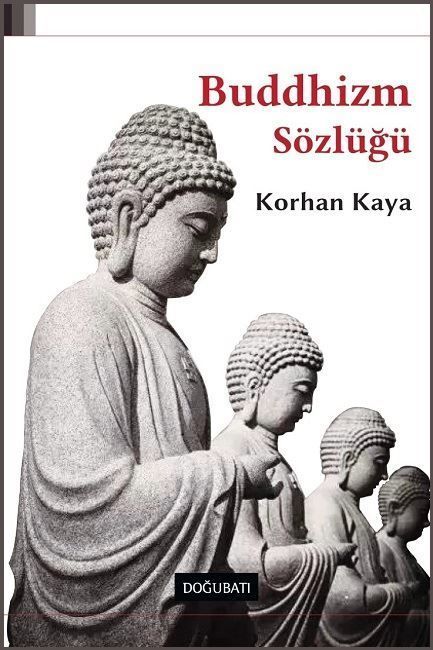
Dictionary of Buddhism
India influenced the West through fairy tale literature and the East through Buddhism.
In order to fully understand Buddhism, which has a history of 2500 years, taking into account the characteristics of the fields in which it spreads, it is necessary to read books on the subject, get used to the terms and make some effort. Korhan Kaya's Buddhism Dictionary fills a big gap in this field. When read not only as a dictionary but also as a book, from beginning to end, you will see great traces of Eastern wisdom in almost every article.
To fully understand Buddha's philosophy, the two main currents that emerged as a result of the sectarian movements that started about a hundred years after Buddha's death, namely Hīnāyana and Mahāyāna, Southern Buddhism (Theravāda), which spread throughout South Asia, especially Shrī Lankā, and A guide is needed to properly understand the Chinese, Korean, Japanese and Tibetan variants of Mahāyāna Buddhism, which is particularly active in Northern Asia. This dictionary has been prepared to explain correctly the most important places, concepts and people of Buddhist formations in different languages and cultures of the geographies where it spread outside India, especially Indian Buddhism, and to enlighten the reader about Buddhism. This dictionary, which also touches upon issues related to Uyghur Buddhism, appeals to many different disciplines of social sciences as well as to all kinds of readers interested in theology.
(From the promotional bulletin)
Dough Type: 2nd Dough
Number of Pages: 230
Size: 14 x 21
First Printing Year: 2017
Number of Printings: 1st Edition
| Publisher | : | East West Publications |
| Number of pages | : | 230 |
| Publication Year | : | 2018 |
| ISBN | : | 9789752410800 |
| The heart | : | Turkish |


